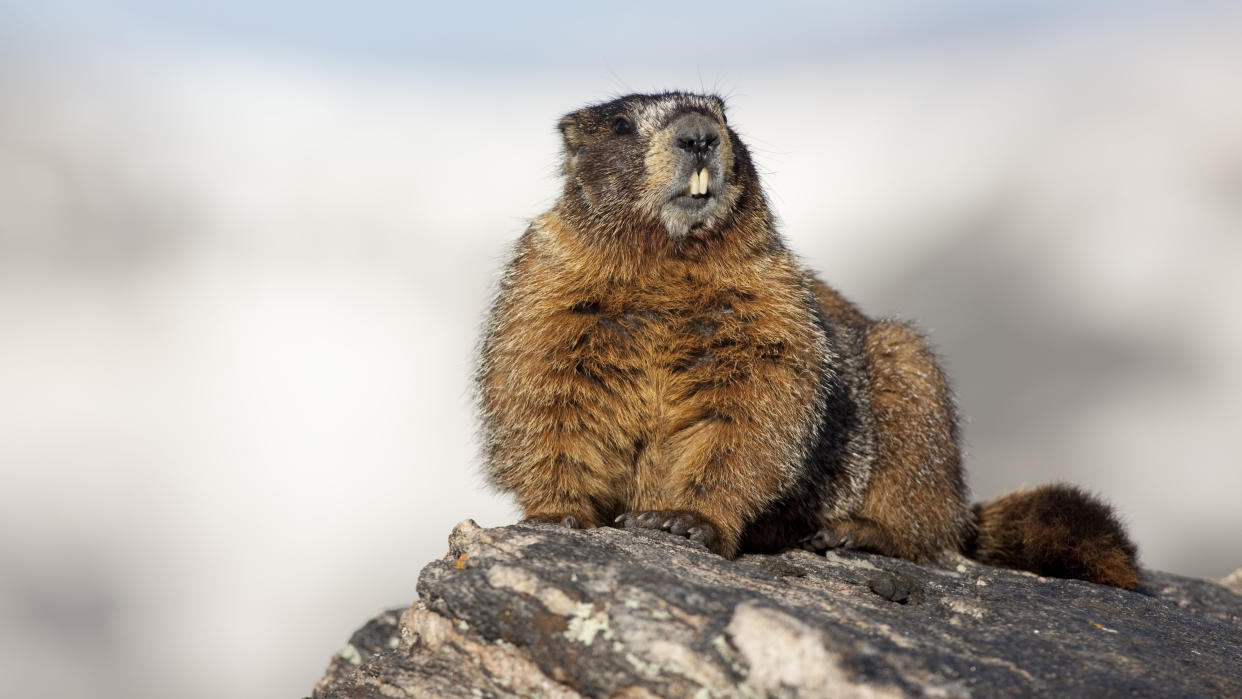Hiker at Rocky Mountain National Park learns the hard way: don't pet the marmots

Rocky Mountain National Park is home to some spectacular animals – elk, bighorn sheep, moose and bears all call the area home, making it one of the country's best spots for wildlife viewing. The National Park Service (NPS) warns visitors to keep a healthy distance from all these big mammals, but one visitor learned recently that the smaller creatures shouldn't be underestimated either.
One park visitor recently spotted two hikers taking a break to try and pet a marmot – only to receive a nasty scratch for their troubles. Photos of the encounter posted on infamous Instagram account TouronsOfNationalParks this week show one of the pair leaning down with her hand out to the large rodent, and according to photographer Abigail Guillory, it didn't appreciate the gesture.
A post shared by @touronsofnationalparks
A photo posted by on
Marmots don't typically attack humans unless threatened, but it's not a risk you want to take. First of all, although cute, these little animals can carry ticks, which may spread Lyme disease, tick-borne encephalitis virus (TBEV) and Rocky Mountain spotted fever. Marmots can also spread rabies, which can be transmitted through saliva in bites and scratches.
Petting and feeding marmots also puts them at risk. It can be tempting to offer small animals a handful of trail mix, but being hand-fed can stop animals seeking out their usual diet, and can even be toxic (chocolate being particularly dangerous due to the presence of theobromine and caffeine).
If an animal is used to being fed, it is also likely to approach people, and may become aggressive. Wildlife that loses its natural wariness of humans is said to be habituated, and is somethings euthanized for public safety.
The NPS explains that "approaching, harassing, or feeding any kind of wildlife, no matter how small or familiar, is illegal in all National Parks," so it's better to stay back and watch the marmots burrow, bicker and nibble in peace. For more details, see our guides are marmots dangerous and wildlife safety: eight tips for unexpected encounters.

